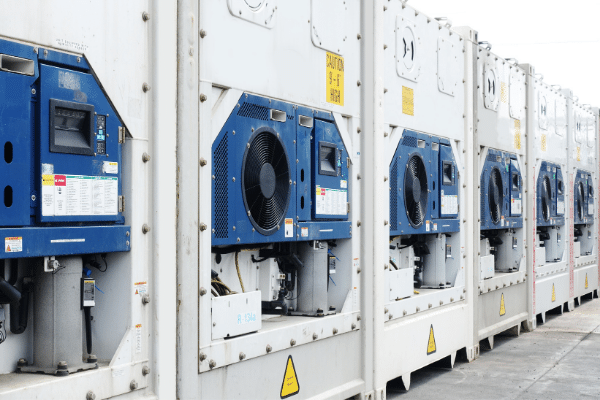If you're wondering which container is right for your commodity type, here is a list of the most common types of shipping containers. Chances are one of these containers is most suitable for the transport of your precious cargo.
Most Common Types of Shipping Containers
Dry Storage Container

A dry storage container is also commonly referred to as a general purpose container. This is the most commonly used container type in shipping, as most normal cargo can be transported in these fully enclosed containers. Futher, cutomizations can be made insdie the container to ship certain types of liquid cargo and/or dry bulk cargo. Made with sturdy, rigid materials, these types of shipping containers are built to withstand harsh elements and weather. They come in standard lengths of 20ft , 40 ft or 45 ft.
High Cube Container
The high cube container is nearly the same as a dry storage container, but with different measurements. High cube containers are 1 foot taller than dry storage containers and cont in 40ft and 45ft lengths. It also lies a bit lower to the floor. These are typically used in stituations where excess capacity is needed.
Reefer Container

Reefer conatiners have been getting a lot of attention lately due to the stringent temperature requirements the COVID-19 vaccine must be kept at throughout transport. These ISO regulated containers are used for tempurature sensitive and perishable cargo. Reefers have external units which regulate the temperature and come in 20ft and 40ft lengths.
Insulated Containers

Also made for temperature sensitive goods, these keep cargo cold- just not as cold as reefers. The electrical components can also head the container and, as they act like some type of a thermo vaccum bag, they are more suitable for longer distances. So the common commodities that are transported in insulated containers are: pharmaceuticals, foodstuffs, chemicals, bio materials, as well as body parts and fluids.